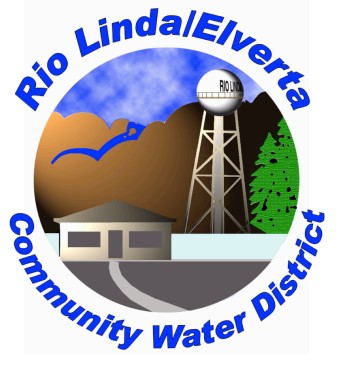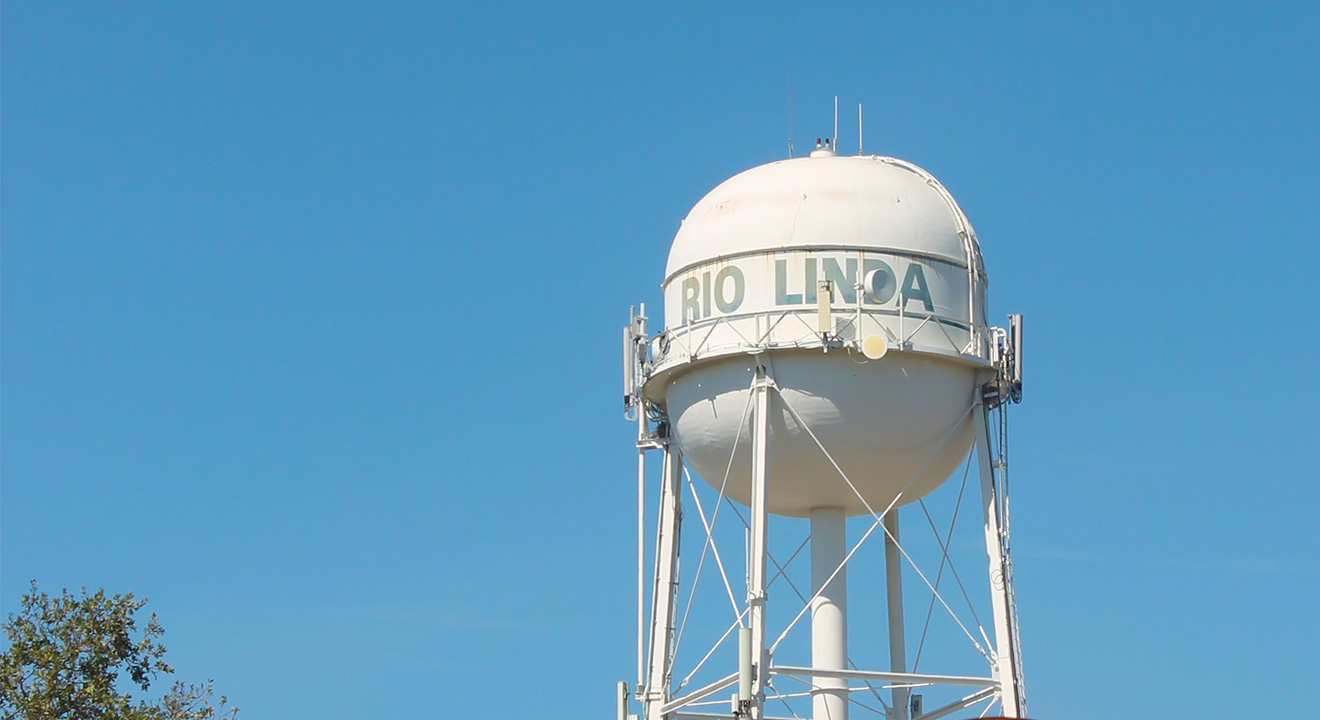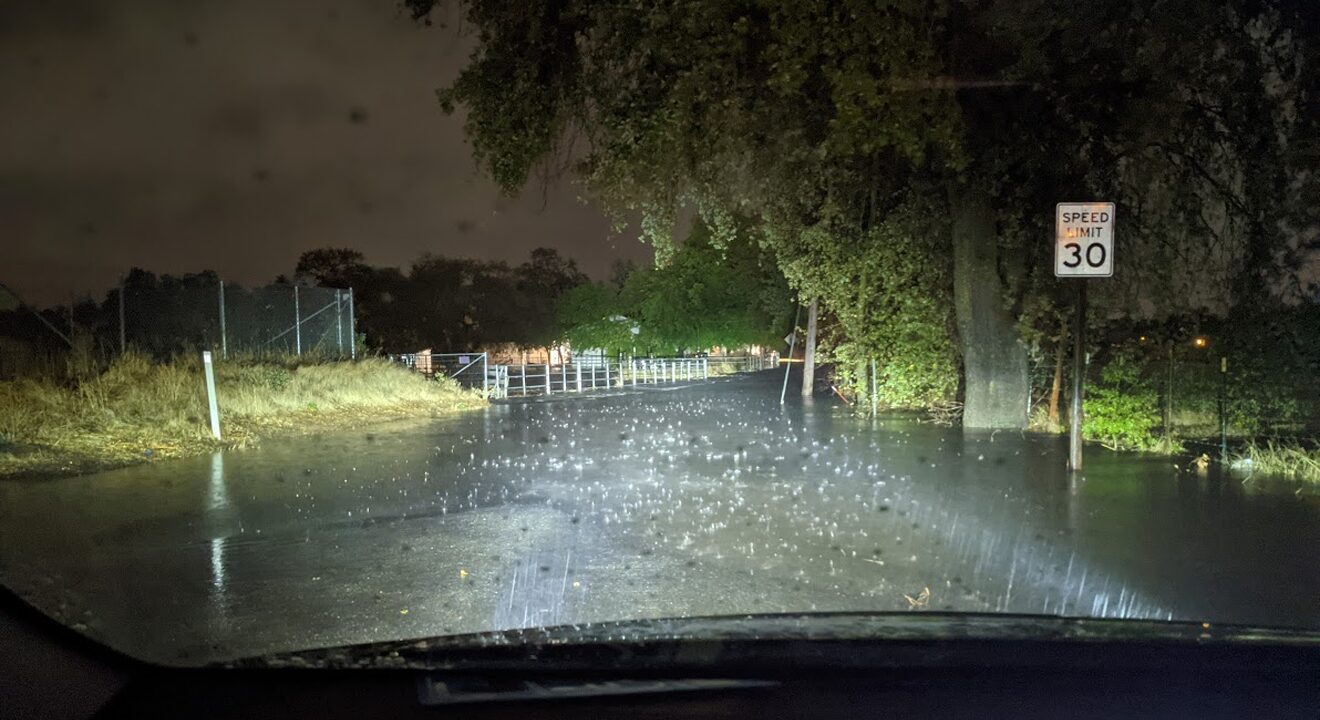
RIO LINDA, CA (May 5, 2025) – The Rio Linda/Elverta Community Water District (RLECWD), has reached a major settlement in its long-running lawsuit against the U.S. government over potential groundwater contamination stemming from the former McClellan Air Force Base. The $6.25 million agreement, officially approved by the U.S. District Court on February 18, 2025, resolves the District’s claims under federal environmental laws.
After accounting for legal fees, the District received $4.09 million from the settlement on March 12th.
Years of Legal Wrangling
This legal chapter began nearly eight years ago, in June 2017. RLECWD initially sued the government, arguing that hazardous waste, specifically the cancer-causing chemical hexavalent chromium (Cr6), was improperly handled at McClellan during its decades of operation (1936-2001). The District alleged these substances seeped into the groundwater, potentially threatening the safety and quality of local drinking water wells managed by RLECWD.
Early news reports suggested the District, along with Sacramento Suburban Water District in a similar case, was initially seeking much larger sums, potentially over a billion dollars, to address the contamination concerns.
In 2020, RLECWD updated its lawsuit to include claims under the Comprehensive Environmental Response, Compensation, and Liability Act (CERCLA), often called the “Superfund” law, seeking recovery for environmental response costs based on the same contamination allegations. While some earlier legal claims were dismissed, the crucial CERCLA cost recovery claim moved forward, leading to this settlement.
McClellan’s Environmental History
It’s no secret that the former McClellan Air Force Base has a complex environmental history. During its operational years, numerous hazardous materials like industrial solvents, fuels, heavy metals, and cleaners were used. Groundwater contamination, particularly with volatile organic compounds (VOCs), was first found way back in 1979. This discovery eventually led to McClellan being declared an EPA Superfund site in 1987.
Since the 1980s, the Air Force has been undertaking massive cleanup efforts. This has included connecting some nearby homes to public water in 1986 and running large-scale groundwater pumping and treatment systems. More recently, concerns about PFAS “forever chemicals” have also emerged. These ongoing Air Force cleanup activities, costing hundreds of millions and expected to continue for many more decades, are separate from the RLECWD lawsuit settlement.
What the Settlement Means
The $6.25 million payment comes from the U.S. Treasury. However, it’s important for residents to understand that the official court agreement (the Consent Decree) clearly states the settlement is not an admission of liability or fault by the United States regarding the alleged contamination reaching RLECWD wells. Instead, it’s a compromise to avoid the expense and unpredictability of taking the case all the way through trial.
The law firm representing RLECWD, Sher Edling, worked on a contingency basis. This means they received a portion of the settlement as payment. The $6.25 million was paid to Sher Edling, who then transferred $4.09 million to the RLECWD.
The agreement includes a mutual release, meaning both RLECWD and the U.S. government agree not to pursue further legal action against each other regarding the specific issues covered in this lawsuit related to hazardous substance releases from McClellan. The court deemed the settlement fair and consistent with CERCLA.
Focus on Water Quality and Future Plans
While the lawsuit is settled, RLECWD continues to monitor and manage local water quality. The District has previously acknowledged the presence of Chromium 6. Board meeting minutes from January 2024 show the District was already planning for Hexavalent Chromium treatment design services.
This aligns with upcoming state requirements. According to RLECWD General Manager Tim Shaw, RLECWD must submit a plan to the state by July 1, 2025, outlining how it will comply with the recently re-established maximum contaminant level (MCL) for hexavalent chromium in drinking water.
A key project already being designed involves adding treatment capabilities to Well 15, one of the District’s highest-producing wells. The plan is to use ion exchange technology, considered the Best Available Treatment Technology for removing hexavalent chromium.
The $4.09 million in settlement funds provides the District with resources it can use as needed, potentially helping to fund projects like the Well 15 treatment system or other water quality initiatives, while the separate, large-scale cleanup by the Air Force continues at the former base, now largely redeveloped as McClellan Business Park.


















